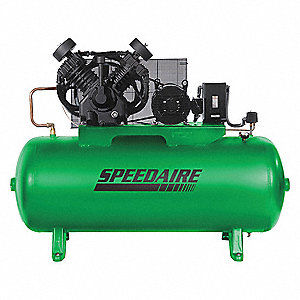What is an expansion tank?
- danielrobinson
- Nov 24, 2019
- 2 min read

Expansion tank: principle, role and function
An expansion vessel consists of a volume of air and a volume of non-flammable gas such as air, nitrogen or a neutral gas, separated by a membrane. The volume of gas is inflated to a given pressure, in the manner of a car tire.
What is the purpose of an expansion tank?
The expansion vessel plays two different roles within a heating circuit. At first, it serves to compensate for the volume variations experienced by the body of water. Indeed, when the water heats, it expands and thus increases its volume.
The purpose of the expansion vessel is also to ensure a constant pressure in the installation. The gas, which is elastic, is compressed when the water expands, allowing the pressure to be maintained. Vessel pressure should also be used to prevent a vacuum in the system when the water is cool.
There are 3 types of expansion tanks:
The closed expansion tank with variable pressure: this is the system presented above. This type of expansion tank may be membrane or bladder:
- in the latter case, the risk of leakage is reduced because no seal is in contact with the wall of the tank;
- Closed expansion vessel with constant pressure;
- The open expansion tank: the tanks are placed in the open air, resulting in permanent oxygen absorption. This type of expansion vessel is particularly visible in the oldest installations.
The good Fioulmarket plan
Our partner All-inclusive energy, energy saving specialist offers you 40 € discount on your maintenance contract. The maintenance contract offered by All-Inclusive Energy includes checking your boiler, burner, jet and chimney sweeping.
What to do in case of defective expansion tank?
A defective expansion tank can cause many problems, so it is important to react as quickly as possible.
Potential dangers
An expansion vessel that is no longer functioning or malfunctioning will initially lower the pressure in the heating circuit. In addition, the risk of sludging is higher: however, the heating sludge can cause significant problems in the installation. Finally, if the water is hard, a little more limestone will settle in the circuit each filling.
Also read: Defogging the heating circuit, a mandatory step
Regulate an expansion vessel
If you notice that the filling is done very quickly or that the boiler becomes constantly safe, you may need to re-inflate the expansion tank. For this, use a professional inflator, a bicycle pump or a compressor with manometer. Also provide a garden hose for draining. First stop the boiler, then drain. Inflate then respecting the recommended pressure (0.8 bar for a manometric height of less than 5m). Close and add water to the installation.



Comments